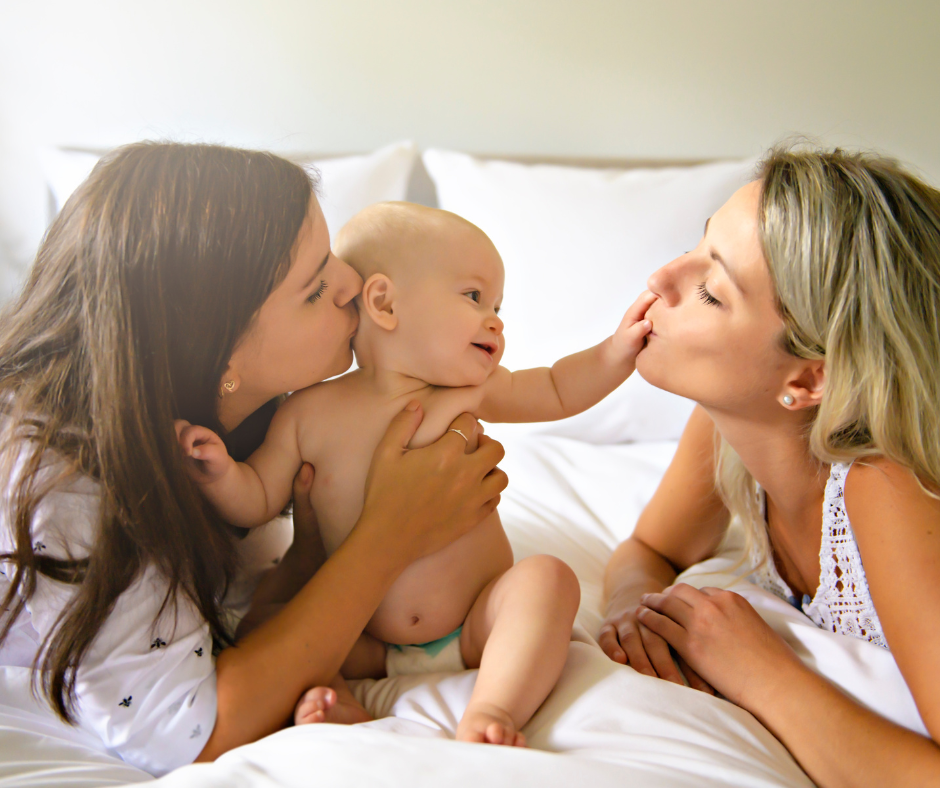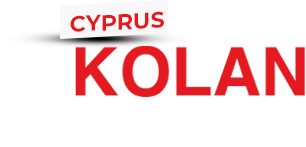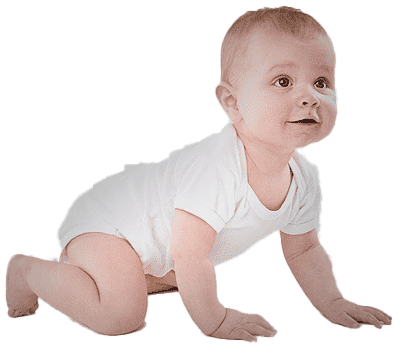Shared motherhood

The ROPA technique:
Over the years science has been the building blocks in aiding human progression. Our understanding of what constitutes a family has evolved passed our misconceptions and pre judgements towards the LGBTQ+ community and their desire to create their own family. We believe every human being deserves to be connected biologically and genetically to their child. If so desired. In addition to having a natural bond it also provides the security of the law which in many cases and many countries biological parents still resides above all other types of legal parenting custody.
Shared Motherhood with the ROPA technique ( Reception of Oocytes from the Partner) for Lesbian couples is one of the best examples of Science making it possible to successfully achieve a biological family enabling them to retain all their rights as a parent.
HOW IS IT DONE?
The ROPA method (Reciprocal IVF) allows 2 married women to actively participate in the pregnancy, one being the genetic mother and the other the biological mother.
This technique involves an In Vitro Fertilization (IVF) treatment in which the eggs from one of the women and the uterus of the other are available, both participating in the process, in order to achieve a full-term pregnancy and, therefore, a live and natural birth.
GENETIC MOTHER; DONOR OF THE EGGS
The female who is going to donate the eggs will undergo an ovarian stimulation accompanied with medication specifically designed to suit her, to make several follicles grow instead of just one, which is what would happen in a natural cycle. The medicine which consists of daily subcutaneous injections will be administered. Periodical ultrasound monitoring and blood tests will be carried out to assess the growth of the follicles. This treatment usually lasts around twelve days. When we are able to visualise on ultrasound that the follicles are ready, the egg collection is organised. This intervention is a simple procedure that is carried out in the operating theatre, under sedation and usually doesn’t last more than ten or fifteen minutes. At the end, the patient will stay for approximately 2 hours under observation in the clinic and will then be able to go home making sure to rest for the rest of the day. Once the best male donor has been selected, our embryology team will collect the eggs, and we will proceed with the in vitro fertilization. The choice of the male donor follows rigorous selection protocols consisting of psychological, physical and analytical tests to rule out the presence of diseases. Genetic tests are also done to eliminate any genetic abnormalities. In addition, the maximum physical resemblance to the pregnant mother is sought (the other already provides her genetic information in the egg).
BIOLOGICAL MOTHER; THE CARRIER OF THE BABY
After fertilization, the embryos remain in special incubators within the laboratory, using special culture media to guarantee their correct development. Throughout the process, embryologists analyse their morphology and the number of their cells to determine the quality of each embryo. The embryos remain in these incubators for five or six days, until they reach the blastocyst stage.
A preparation period commencing on the second day of the carrier’s menstrual cycle, with the aid of specific medication will help stimulate her endometrium (uterine layer) to a certain size
Preferably on day 5 the embryo will then be transferred using a special catheter into the carriers uterus where the embryo will implant and develop, bringing about pregnancy.
HOW TO DECIDE?
The decision about which role each female will have, that is, which one will provide eggs and which will give birth to the baby, is the couple’s decision. In many cases, both wish to be mothers but only one of them has the desire of carrying a pregnancy. When both wish to carry and only want to have one child, the gynaecologist will advise, based on the medical profile of both, which would be the best option to maximize their chances. For many couples, it is the perfect method since it allows both mothers to become biologically and genetically involved.
Clic more about ROPA METHOD
QUICK APPOINTMENT
Our Treatments
Menu
- Share
Share on facebook
Share on twitter
Share on linkedin
Share on whatsapp
Share on email







